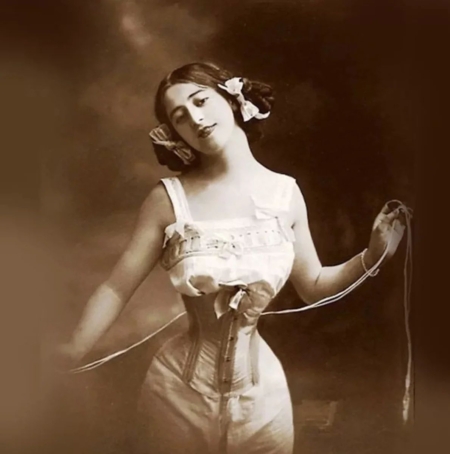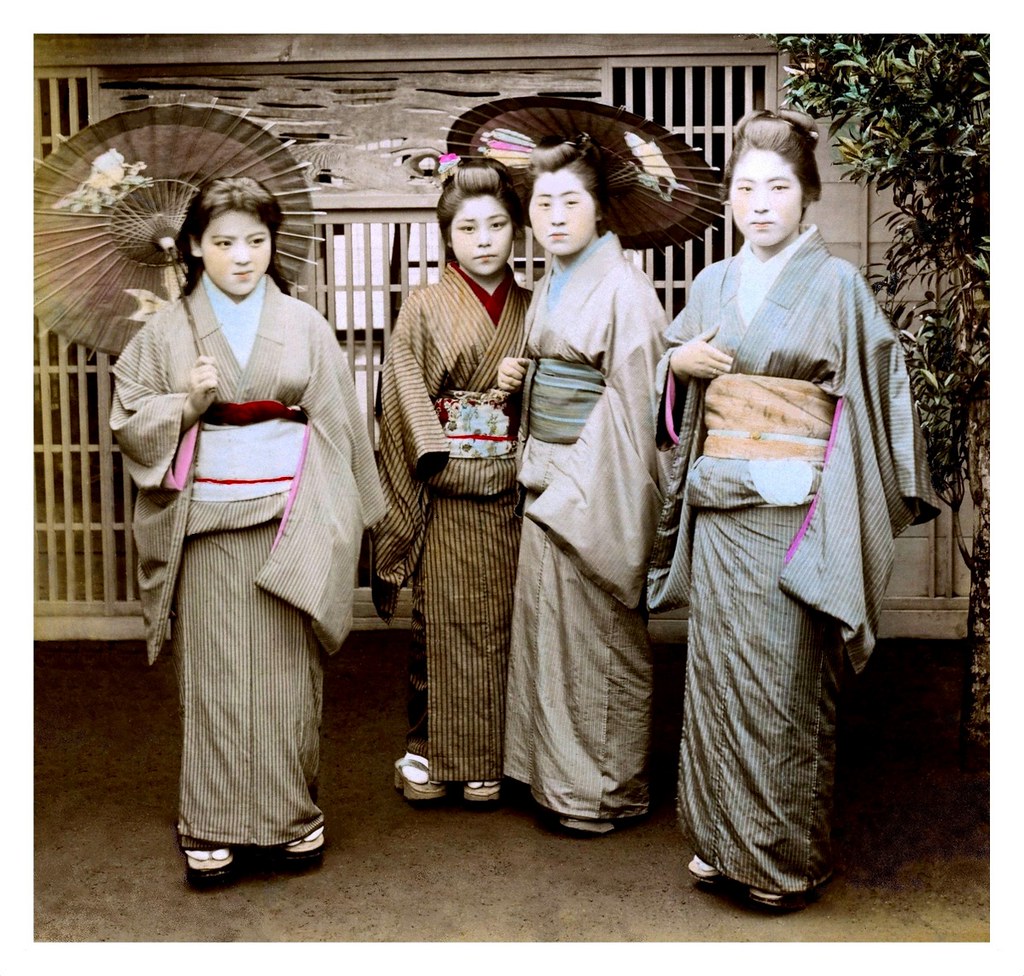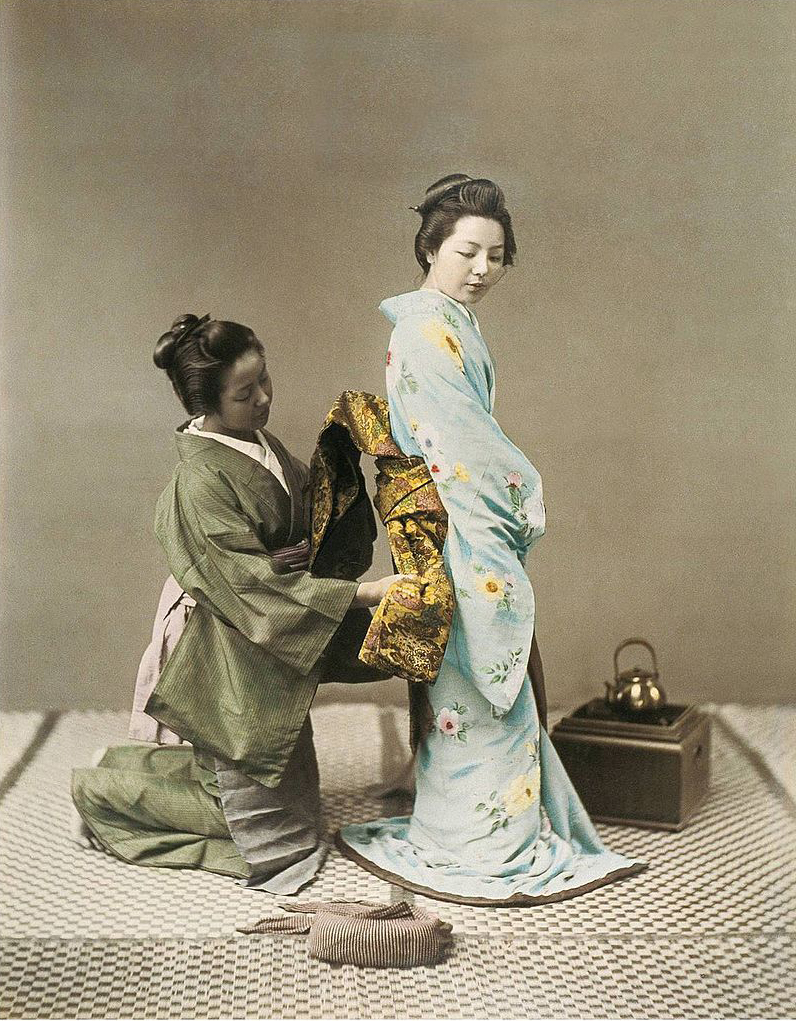How to tie a Corset
The corset as an undergarment had its origin in Italy and was introduced by Catherine de Medici into France in the 1500s, where the women of the French court embraced it.
This type of corset was a tight, elongated bodice that was worn underneath the dress.
The women of the French court saw this corset as “indispensable to the beauty of the female figure.”
These corsets had shoulder straps and ended in flaps at the waist. They flattened the bust, and in so doing, pushed the breasts up.
The intense tight-lacing that is seen in later centuries was not possible at this time, as the
holes through which the laces were threaded were sewn by hand and would tear if put under too much strain.
During the sixteenth and seventeenth centuries bodies whalebones (baleen) were frequently used in bodies to maintain their stiff appearance and a busk, typically made of wood, horn, ivory, metal, or whalebone, was added to stiffen the front of the bodice.
Since the mid-Victorian period, the busk has been made of steel and consists of two parts, one for each side. One side has studs and the other eyes so that the corset can be easily fastened and unfastened from the front.
During the late 1500s, when whalebone was used at the sides and back of the corset, the corset was
laced up at the front. Eventually, the lacing came to be done at the back of the corset.
–
–
Picture from The Lingerie Addict by Cora Harrington on Pinterest.



